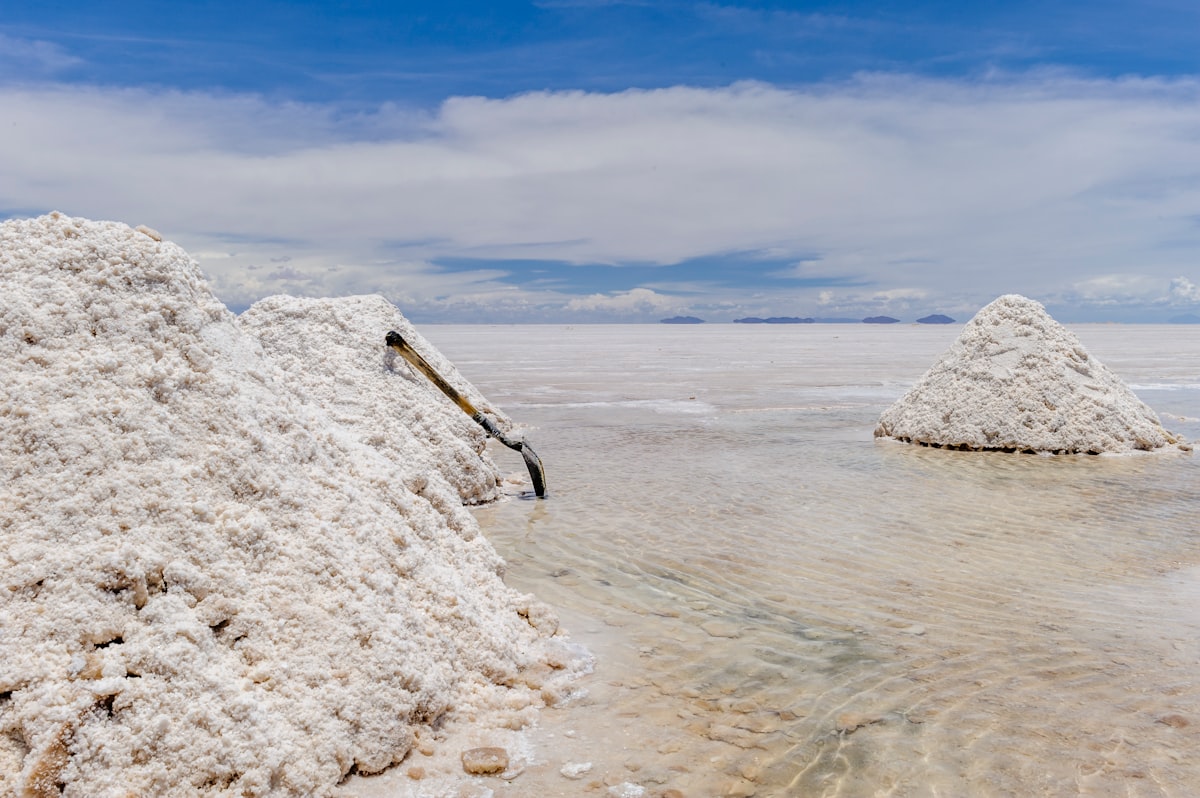Why is the world fighting over lithium reserves?
The largest lithium reserves in the world are found in Latin America, where more than 60% is concentrated.

In our daily lives, dependence on technology is becoming more and more frequent. Various technological tools that we use - such as cell phones, tablets, or computers - have lithium in their batteries or motherboards, a mineral whose specific characteristics - it has high thermal and electrical conductivity - allow us to store energy. Other applications of lithium are in electric cars or the technology infrastructure for renewable energies.
However, the outlook for this mineral responds to a geopolitical dispute in which the largest lithium reserves in the world are found in Latin America, but China and the United States lead the technological industries that use lithium: automotive, batteries, and warfare.
Lithium, a strategic mineral
Lithium is not a mineral found in nature in a free form, but is an element of the periodic table (the third one) and is found in association or compound with other minerals such as lepidolites and others, which are not so common. When lithium is found with high concentrations, higher than those of the associated element, is when it becomes economically attractive.
All rocks have some proportion of some element, but what makes them economically attractive is their high concentration. There are many specifications of lithium and it has particularities in its chemical and physical behavior, but in general terms, it is not found free and it is associated with other minerals.
Lithium is an element that is scarce in the earth's crust: it is present in 65 parts per million (ppm). It is a very light metal and is a great conductor of electricity and heat, as well as having a low density - it is half that of water. It also has other industrial uses, in the form of lithium stearate, for example, it is used as a thickener for lubricating greases.
Other minor uses of lithium are in ceramics, to formulate certain porcelain enamels; as an additive, to extend the life and performance of alkaline batteries, and an autogenous (combustion) and brass welding. Its salts are also used to make antidepressant drugs.
Where do we find lithium?
There are three geological contexts where lithium is found: it is found in pegmatite rocks, in brines (salt flats), or volcanic sediments, and it is also present in the oceans. Lithium was discovered by Johan August Arfwedson, a Swedish chemist, in 1817, who gave it the name we know it by to indicate that this element comes from a mineral. A year later, Humphry Davy and William Thomas Brande, both British chemists, succeeded in isolating it by electrolysis of lithium oxide.
It is a key element in the development of technology. At first, it was associated with minerals that had other purposes, but with time and with technological transformations, its applications have expanded. It is currently used in batteries, but it is important to consider other uses, for example, in warfare, mainly in the armament of unmanned vehicles (drones), sensors, radars, and night vision devices.
According to data from the U.S. Geological Survey, the use of lithium in the production of electric batteries increased from 23% (2010) to 56% (2019) worldwide.
Read more about lithium in Mexico.




